ZHEJIANG HANJIA TECHNOLOGY CO., LTD.
XINCHANG BROTHER TOOLS CO., LTD.
A lot of pliers are used, but do you know the purpose of each pliers?
1. Wire stripper
The wire stripper is one of the tools commonly used by inside electricians, motor repairs, and instrument electricians. Its appearance is as shown in the figure below.
It consists of a knife edge, a crimping mouth and a clamp handle. The handle of the wire stripper is covered with an insulating sleeve with a rated working voltage of 500V.
Wire strippers are suitable for stripping plastic and rubber insulated wires and cable core wires.
2. Wire cutters
Also called a vise, it is a clamp and cutting tool.
The wire cutter is composed of a pliers head and a pliers handle. The pliers head includes a jaw, a tooth, a knife, and a guillotine.
3. Nozzle pliers
Nozzle pliers are used to cut off the injection nozzles of injection molding machine products (plastic products) and can be used in the electronics industry.
The material of the nozzle pliers is also suitable for cutting metal products and electronic component pins.
There are several types of nozzle tongs, such as electrical and electronic.
4. Needle-nose pliers
Needle-nose pliers are also called trimmers, pointed pliers, and flat-nose pliers.
It consists of a pointed tip, a knife edge and a pliers handle. The material of electrician's needle-nose pliers is generally made of 45# steel, the category is medium carbon steel, the carbon content is 0.45%, and the toughness and hardness are suitable.
5. Curved nose pliers
Also called elbow pliers.
Purpose: Similar to needle-nose pliers (without cutting edge), suitable for use in narrow or recessed working spaces.
6. Flat nose pliers
Flat nose pliers are often used to bend thin metal sheets and thin metal wires into the desired shape. In repair work, it is used to install and pull out pins, springs, etc., and are commonly used tools for assembly of metal parts and telecommunications engineering.
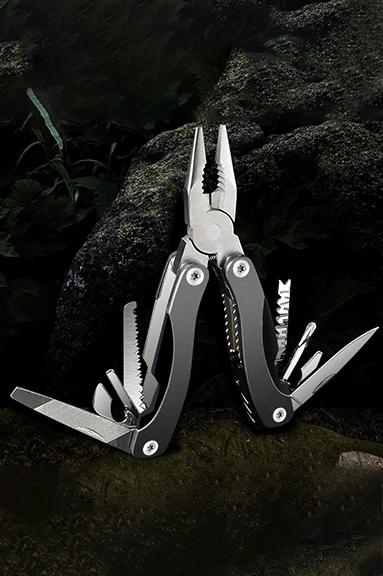
7. Diagonal pliers
The jaw hardness of diagonal pliers can reach 55HRC-62HRC, and the shearing force is strong.
The material can be 45# carbon steel, 55# carbon steel, chrome vanadium steel, etc. The handle has a single-color dipped plastic handle, a two-color dipped plastic handle, a PVC or TPR sleeve handle, and the handle has a variety of colors. The surface treatment is mostly polished and electroplated, and there are also pearl nickel and blackening treatments.
Purpose: Used to cut metal wire, flat-nose diagonal pliers are suitable for use in recessed working spaces.
8. Water pump pliers
The role of the water pump pliers is similar to that of a pipe wrench. However, it is lighter, lighter, smaller and easier to use than pipe wrenches. Generally, it is more suitable for household non-professional emergency or simple installation of water pipes. Of course, the clamping force is not as good as pipe wrenches.
9. Slip joint pliers
It is named after its shape resembles a carp. Its characteristic is that the opening width of the jaws has two adjustment positions, which can be zoomed in or out.
It is mainly used to clamp round parts, and can also replace small nuts and small bolts with wrenches. The cutting edge at the rear of the jaws can be used to cut metal wires, which is often used in the auto repair industry.
10. Top cutting pliers
End-cutting pliers are similar to diagonal pliers. They are mainly used for cutting steel wires with the cutting edge at the top.
11. Circlip pliers
Commonly known as circlip pliers, it is a special tool used to install inner circlip and outer circlip. It belongs to the category of needle-nose pliers in appearance.
The clamp head can adopt several forms of inner straight, outer straight, inner curved, and outer curved. It can be used not only to install the circlip, but also to disassemble the circlip.
12. Vigorous pliers
Power pliers are mainly used to clamp parts for riveting, welding, grinding and other processing.
Its characteristic is that the jaws can be locked and produce a great clamping force, so that the clamped parts will not loosen, and the jaws have many adjustment positions for clamping parts of different thicknesses, and can also be used as a wrench .
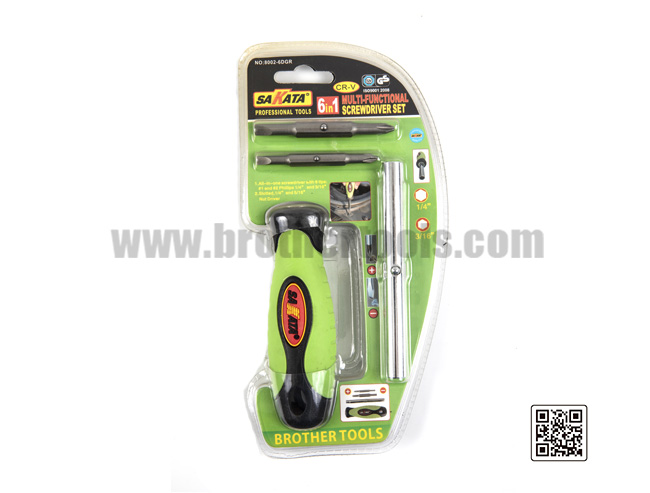
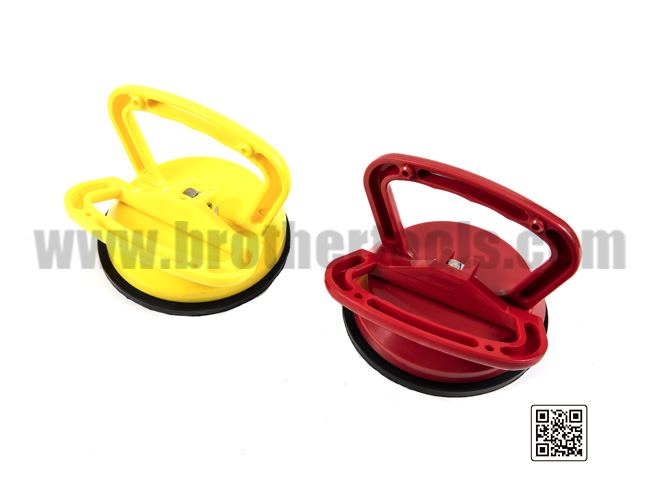
NO: 6001-A 6001-B
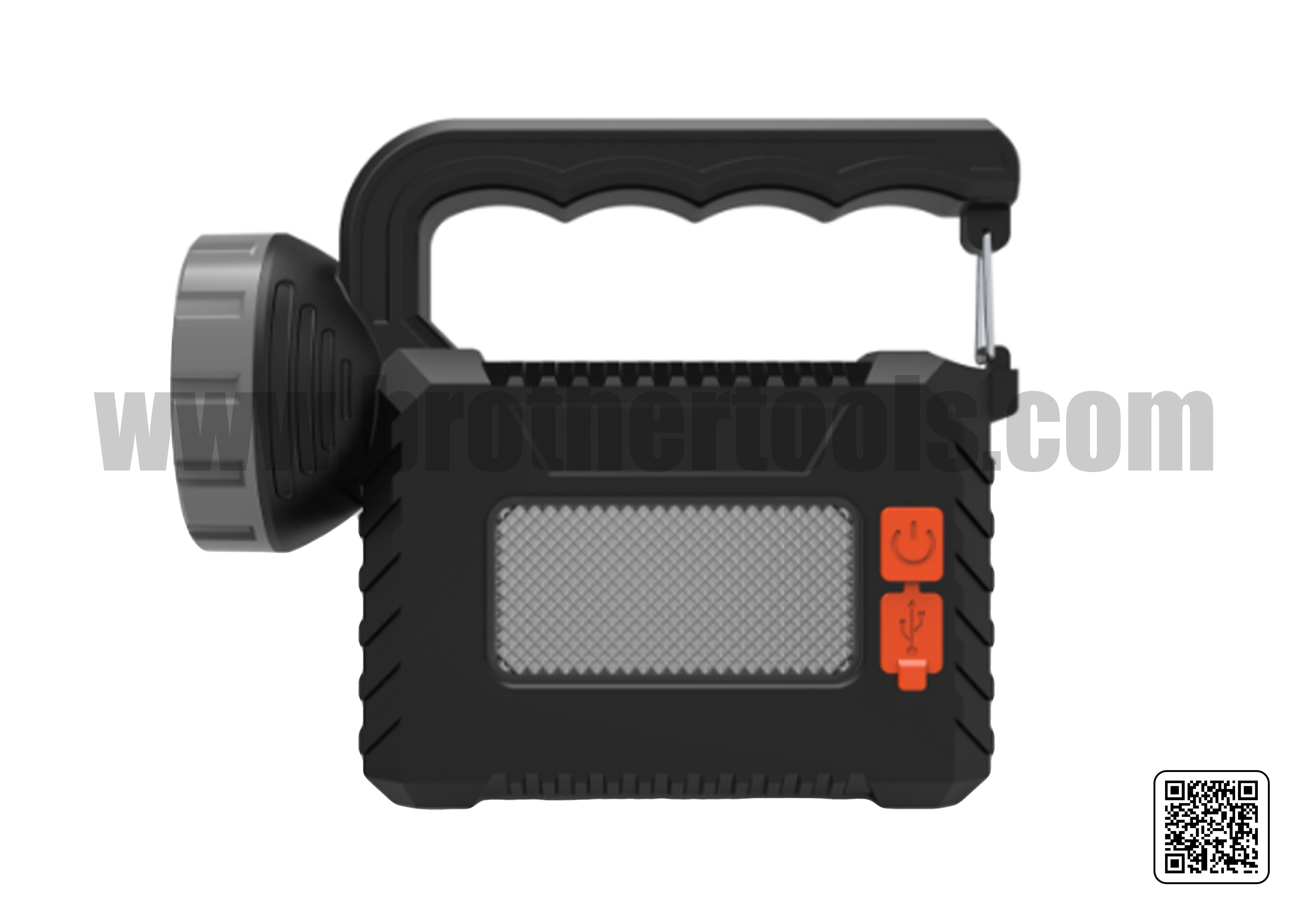
NO: BR25165
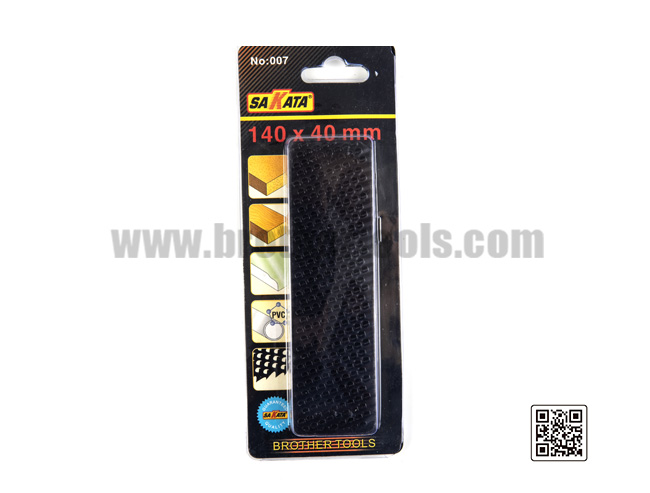
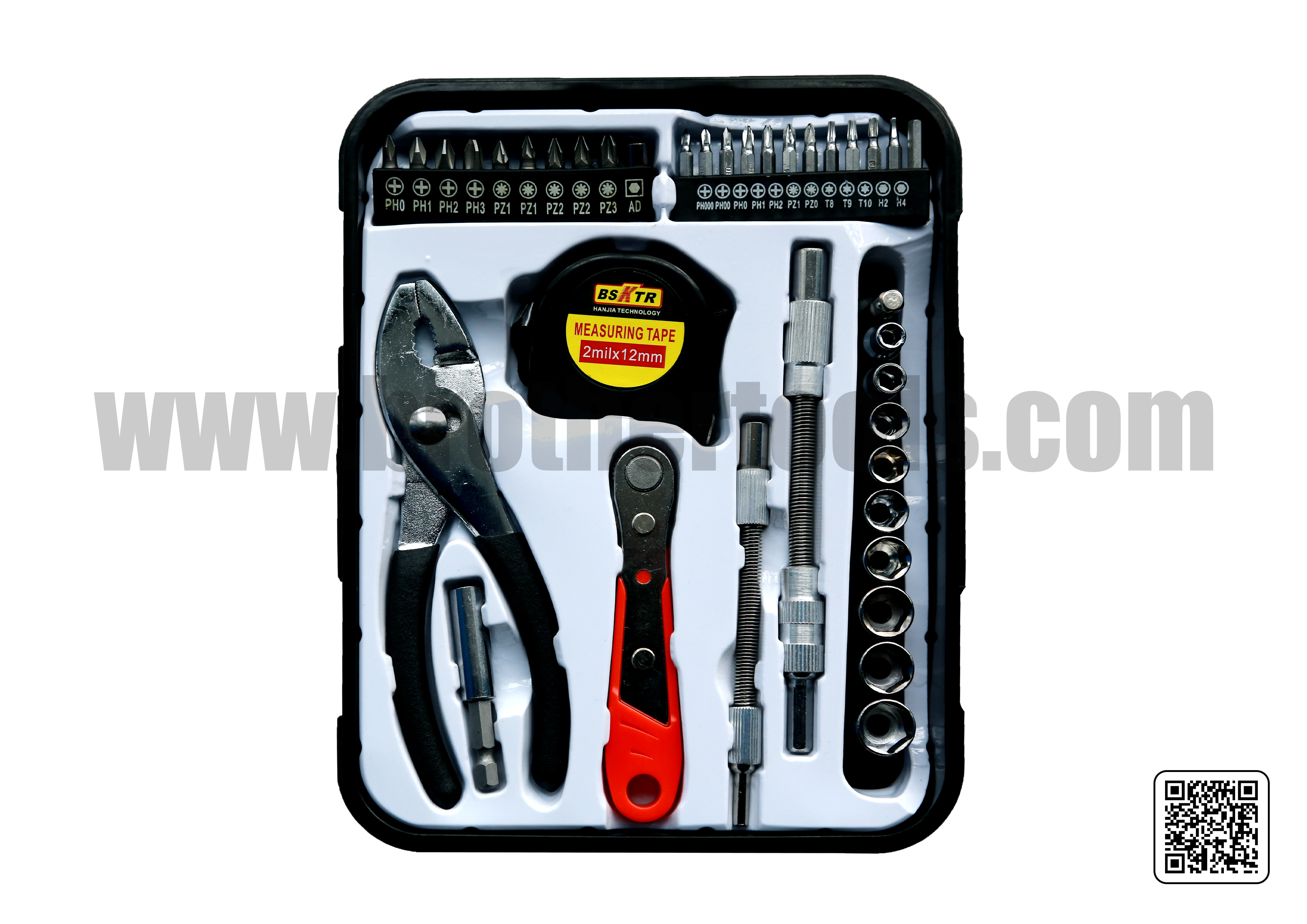
NO: BR24028
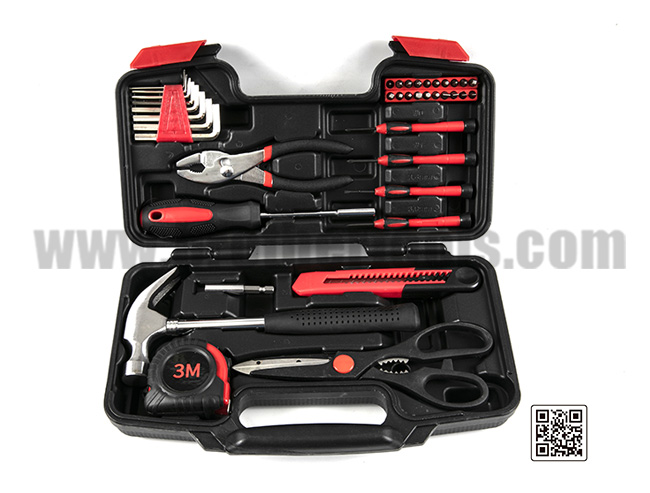
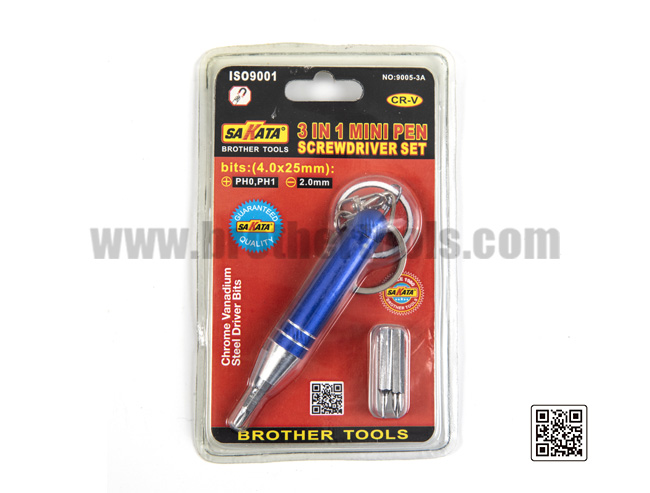
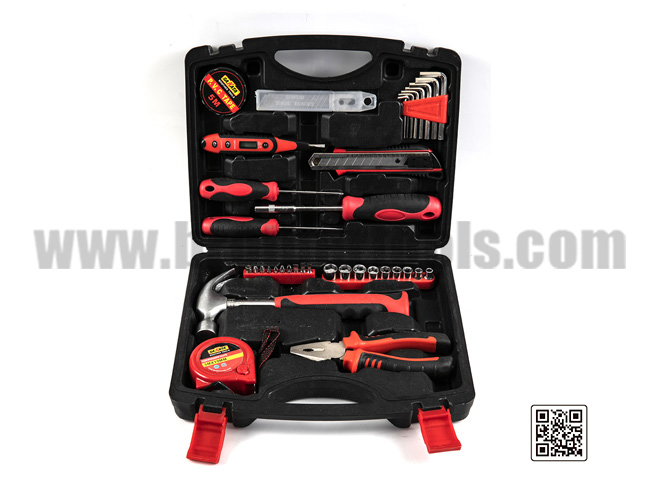
NO: 7002